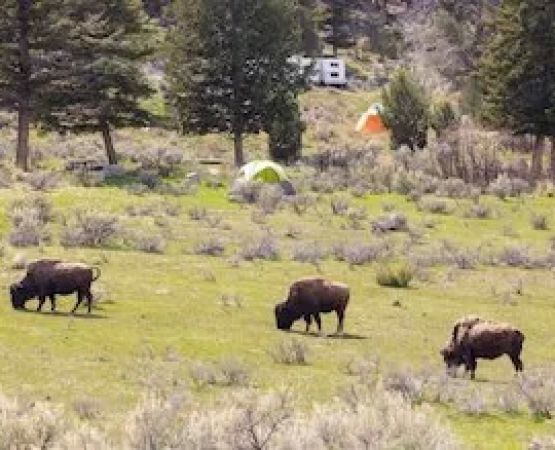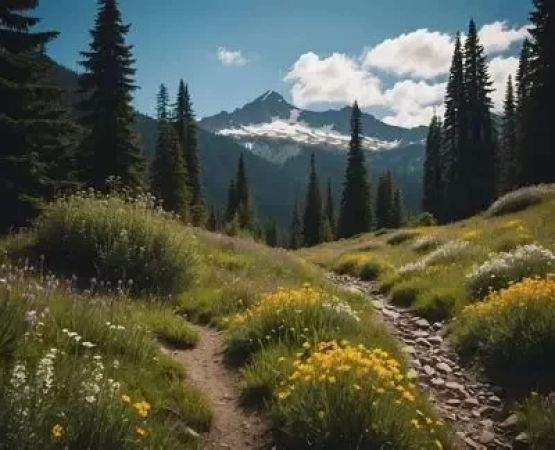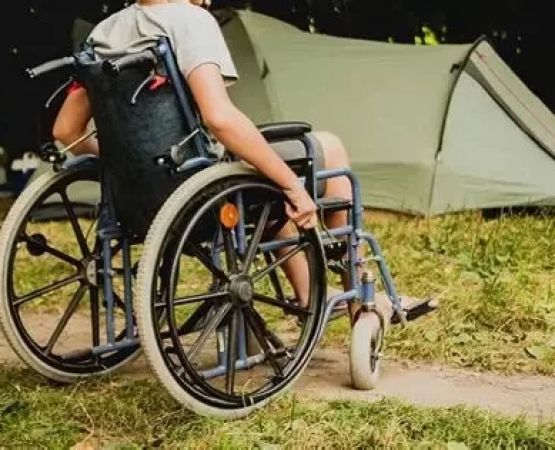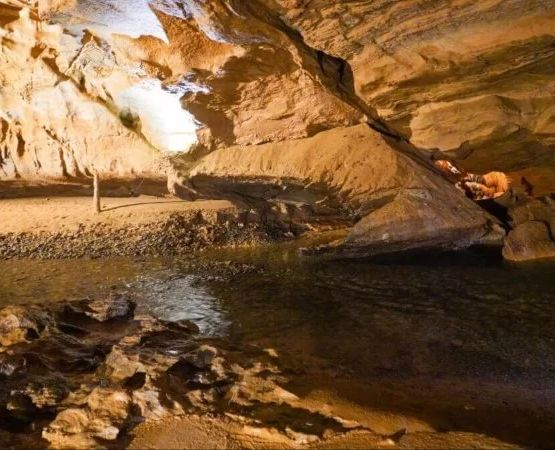How to Plan a Multi-Day Hiking and Camping Trip: A Complete Guide
When I first set out on my multi-day hiking and camping adventure, I had no idea how much planning was involved. I quickly realized that it wasn’t just about packing a bag and hitting the trail—it required careful preparation, research, and a lot of decision-making. Through trial and error, I've learned the essentials that make a multi-day hiking and camping trip not only possible but enjoyable. In this article, I’ll share my insights on how to plan such a trip from start to finish.
1. Choosing the Right Trail and Destination
The first thing to consider when planning a multi-day hiking and camping trip is choosing the right trail. Depending on your experience level and fitness, this decision will vary. I learned the hard way that it’s crucial to match the trail difficulty to your capabilities. The best advice I can offer is to start with something that challenges you but isn't overwhelming. Do some research on well-known hiking areas, and make sure to read recent reviews and trail reports to ensure it's suitable for your skill level.
Also, consider the environment and weather of the location. I remember hiking in a beautiful mountainous region, but I didn’t fully account for the unpredictable weather conditions, which made the trip a bit more difficult. Choosing a destination that aligns with your interests—whether it’s coastal views, forest trails, or rugged mountain paths—will make the experience even more enjoyable.
2. How to Pack the Right Gear
Next up: gear. Packing for a multi-day trip can seem daunting, especially when it comes to selecting the right equipment. After a few trips, I’ve learned to prioritize comfort, functionality, and weight. When it comes to gear, I always opt for lightweight, high-quality items that I know will last. Here’s a quick breakdown of the must-haves:
- Backpack: Make sure it’s the right size for your gear and can distribute weight comfortably. I recommend a 40-60L backpack for most multi-day trips.
- Sleeping System: A lightweight sleeping bag, tent, and sleeping pad are essential. Don’t skimp on quality here—it makes a huge difference when it’s time to sleep after a long day of hiking.
- Food and Cooking Gear: I’ve found that dehydrated meals are the way to go. They’re lightweight, compact, and easy to prepare. A small stove and a pot for boiling water are also must-haves.
- Clothing: Layering is key, especially in unpredictable weather. I always pack moisture-wicking base layers, a warm fleece, and a waterproof jacket.
- First Aid Kit: Include essentials like bandages, antiseptic wipes, and any medications you might need.
Over the years, I’ve refined my gear list to include only what I truly need, which helps to keep my pack light. One piece of advice I can give is to test your gear before the trip—this way, you won’t be stuck with uncomfortable shoes or faulty equipment on your hike.
3. Planning Your Food and Water Supply
Food and water are essential when you're out on the trail for multiple days, and managing these supplies is something I had to learn the hard way. One of my first mistakes was not accounting for enough water on a long stretch of trail with limited sources. To avoid this, make sure to know where water sources are located along the trail. Carry a filtration system or purification tablets in case the water source isn’t clean.
As for food, I recommend bringing meals that are easy to prepare and provide enough energy for long days of hiking. I’ve used a combination of freeze-dried meals, trail mix, and protein bars, all of which are lightweight and pack a punch in terms of calories and nutrition. Another trick I’ve learned is to prepare snacks like homemade energy balls—easy to eat, pack, and delicious. Don’t forget to bring a lightweight cooking system if you plan on preparing hot meals!
4. Understanding Trail Safety and Navigation
Safety is a top priority when hiking, especially on multi-day trips. I remember getting turned around on a trail once, and it taught me the importance of knowing how to read a map, use a compass, and navigate. Nowadays, I always carry a map of the trail, a compass, and an emergency whistle. I also download offline maps on my phone in case of signal loss.
It’s also important to let someone know your plans before heading out. Tell a friend or family member the details of your trip—like the trail you’ll be hiking, your expected arrival times, and any potential route changes. This simple step could be life-saving in an emergency situation. Additionally, knowing how to handle minor injuries, getting lost, or encountering wild animals is crucial to having a safe and successful trip.
5. Training and Physical Preparation
Training for a multi-day hike is something I always recommend, especially for those who aren’t seasoned hikers. Before my first big hiking and camping trip, I did a lot of training to build up my stamina. Walking on uneven terrain, doing cardio, and weight training helped me prepare for the physical demands of the hike. I also worked on carrying weight in my backpack to get used to the load.
In the months leading up to the trip, I gradually increased my distance and elevation gain on weekend hikes. Doing so helped me gauge how my body responded and made me more confident about tackling longer days on the trail. I suggest anyone planning a multi-day hike start training several months in advance to avoid burnout and ensure an enjoyable experience.
6. Setting a Realistic Itinerary
When planning your itinerary, it’s easy to get excited and overestimate how much ground you can cover each day. I made this mistake on my first multi-day hike and ended up exhausted after day two. My advice is to plan a route that includes realistic daily distances based on your experience and fitness level.
Most importantly, factor in rest days or half days if you plan on doing longer treks. These breaks allow you to recover, enjoy the scenery, and prevent injuries. If you're hiking in remote areas, consider incorporating shorter days to allow for unforeseen circumstances like bad weather or trail detours.
7. Staying Motivated and Enjoying the Journey
One of the best parts of hiking and camping is the opportunity to immerse yourself in nature. During my trips, I’ve learned to truly appreciate the quiet moments, whether it’s watching the sunset from a mountain ridge or listening to the sound of a creek as I relax at camp. I recommend embracing the slow pace of multi-day hiking and taking time to enjoy the natural beauty around you.
Staying motivated during tough parts of the hike is essential. I often remind myself of why I’m out there—to experience nature, challenge myself, and unwind from the daily grind. Plus, there’s something incredibly satisfying about reaching the end of a long day’s hike and relaxing by the campfire knowing that you’ve accomplished something amazing.
Planning a multi-day hiking and camping trip can seem daunting at first, but with the right preparation, gear, and mindset, it’s an experience that can be both physically challenging and deeply rewarding. I hope the tips I’ve shared help you feel confident in your own adventure. Whether you’re setting out for your first trip or planning your next, remember to take it one step at a time and embrace the beauty of the great outdoors.






